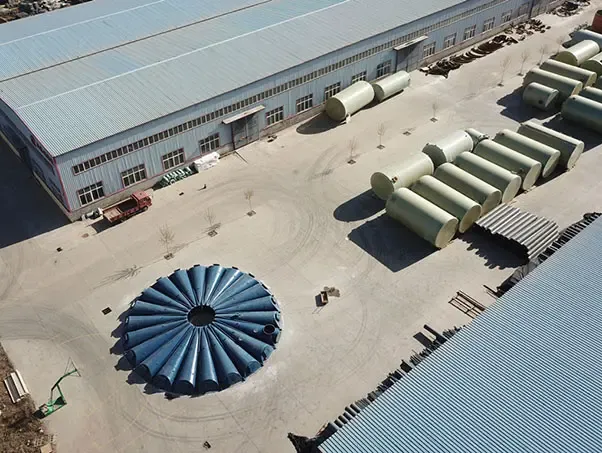
-
 Afrikaans
Afrikaans -
 Albanian
Albanian -
 Amharic
Amharic -
 Arabic
Arabic -
 Armenian
Armenian -
 Azerbaijani
Azerbaijani -
 Basque
Basque -
 Belarusian
Belarusian -
 Bengali
Bengali -
 Bosnian
Bosnian -
 Bulgarian
Bulgarian -
 Catalan
Catalan -
 Cebuano
Cebuano -
 China
China -
 China (Taiwan)
China (Taiwan) -
 Corsican
Corsican -
 Croatian
Croatian -
 Czech
Czech -
 Danish
Danish -
 Dutch
Dutch -
 English
English -
 Esperanto
Esperanto -
 Estonian
Estonian -
 Finnish
Finnish -
 French
French -
 Frisian
Frisian -
 Galician
Galician -
 Georgian
Georgian -
 German
German -
 Greek
Greek -
 Gujarati
Gujarati -
 Haitian Creole
Haitian Creole -
 hausa
hausa -
 hawaiian
hawaiian -
 Hebrew
Hebrew -
 Hindi
Hindi -
 Miao
Miao -
 Hungarian
Hungarian -
 Icelandic
Icelandic -
 igbo
igbo -
 Indonesian
Indonesian -
 irish
irish -
 Italian
Italian -
 Japanese
Japanese -
 Javanese
Javanese -
 Kannada
Kannada -
 kazakh
kazakh -
 Khmer
Khmer -
 Rwandese
Rwandese -
 Korean
Korean -
 Kurdish
Kurdish -
 Kyrgyz
Kyrgyz -
 Lao
Lao -
 Latin
Latin -
 Latvian
Latvian -
 Lithuanian
Lithuanian -
 Luxembourgish
Luxembourgish -
 Macedonian
Macedonian -
 Malgashi
Malgashi -
 Malay
Malay -
 Malayalam
Malayalam -
 Maltese
Maltese -
 Maori
Maori -
 Marathi
Marathi -
 Mongolian
Mongolian -
 Myanmar
Myanmar -
 Nepali
Nepali -
 Norwegian
Norwegian -
 Norwegian
Norwegian -
 Occitan
Occitan -
 Pashto
Pashto -
 Persian
Persian -
 Polish
Polish -
 Portuguese
Portuguese -
 Punjabi
Punjabi -
 Romanian
Romanian -
 Russian
Russian -
 Samoan
Samoan -
 Scottish Gaelic
Scottish Gaelic -
 Serbian
Serbian -
 Sesotho
Sesotho -
 Shona
Shona -
 Sindhi
Sindhi -
 Sinhala
Sinhala -
 Slovak
Slovak -
 Slovenian
Slovenian -
 Somali
Somali -
 Spanish
Spanish -
 Sundanese
Sundanese -
 Swahili
Swahili -
 Swedish
Swedish -
 Tagalog
Tagalog -
 Tajik
Tajik -
 Tamil
Tamil -
 Tatar
Tatar -
 Telugu
Telugu -
 Thai
Thai -
 Turkish
Turkish -
 Turkmen
Turkmen -
 Ukrainian
Ukrainian -
 Urdu
Urdu -
 Uighur
Uighur -
 Uzbek
Uzbek -
 Vietnamese
Vietnamese -
 Welsh
Welsh -
 Bantu
Bantu -
 Yiddish
Yiddish -
 Yoruba
Yoruba -
 Zulu
Zulu
fiber reinforced plastic tank
The Advantages of Fiber Reinforced Plastic Tanks
Fiber Reinforced Plastic (FRP) tanks have become increasingly popular in various industries due to their unique attributes, combining the durability of plastics with the strength of fiberglass. These tanks offer an innovative solution for fluid storage and transportation, particularly in sectors such as water treatment, chemical processing, and agriculture. In this article, we will explore the advantages of FRP tanks, their applications, and their growing significance in modern infrastructure.
What are Fiber Reinforced Plastic Tanks?
FRP tanks are composite structures made from a plastic resin reinforced with glass fibers or other reinforcing materials. This combination results in a lightweight yet strong tank that is resistant to corrosion, chemicals, and extreme temperatures. The manufacturing process often involves techniques like filament winding and vacuum infusion, ensuring a high-quality product tailored to specific needs.
Key Advantages of FRP Tanks
1. Corrosion Resistance One of the most significant benefits of FRP tanks is their outstanding resistance to a wide variety of corrosive substances. Unlike traditional materials such as steel or concrete, which can degrade over time when exposed to chemicals, FRP tanks maintain their integrity, ensuring longevity and reliability in chemical storage applications.
2. Lightweight The lightweight nature of FRP tanks simplifies installation and reduces transportation costs. For industries requiring the relocation of tanks or frequent changes in layout, this characteristic makes FRP a practical choice compared to heavier materials.
3. Customizability FRP tanks can be customized to meet specific dimensions and requirements. This adaptability makes them ideal for projects that necessitate unique sizes or shapes, providing engineers and designers with flexibility in their designs.
4. Thermal Insulation The construction of FRP tanks provides excellent thermal insulation properties. This is particularly beneficial in applications where temperature control is vital, helping to maintain the integrity of the stored materials.
5. Low Maintenance Maintaining FRP tanks is relatively easy compared to other materials. Their smooth surfaces prevent the buildup of contaminants, and periodic inspections are generally sufficient to ensure their continued performance.
fiber reinforced plastic tank

6. Longevity FRP tanks boast an impressive lifespan, often exceeding that of traditional materials. With proper care, they can last for decades, making them a cost-effective investment in the long run.
Applications of FRP Tanks
FRP tanks find their applications across a multitude of industries
- Water Treatment In water and wastewater treatment facilities, FRP tanks are used for various processes, including storage of chemicals, clarifiers, and aeration tanks. Their resistance to chemicals and corrosion makes them suitable for handling aggressive agents used in treatment processes.
- Chemical Processing The chemical industry requires reliable storage solutions for various acids, bases, and solvents. FRP tanks provide the necessary durability and resistance, reducing the risk of leaks and contamination.
- Food and Beverage In the food and beverage sector, FRP tanks are employed for storing liquids, fermenting, and transporting products. Their non-reactive nature ensures food safety and compliance with health regulations.
- Agriculture Farmers utilize FRP tanks for storing fertilizers, pesticides, and water. Their lightweight nature facilitates ease of movement and installation in agricultural settings.
Conclusion
The growing demand for FRP tanks is reflective of their numerous advantages over traditional materials. With their corrosion resistance, lightweight, and versatility, FRP tanks represent an ideal solution for various storage needs across different industries. Their ability to withstand challenging environments while offering long-term cost savings makes them an attractive option for businesses looking to enhance operational efficiency and safety. As industries continue to evolve and prioritize sustainability, the popularity of Fiber Reinforced Plastic tanks is destined to rise, cementing their place as vital components of modern infrastructure.









